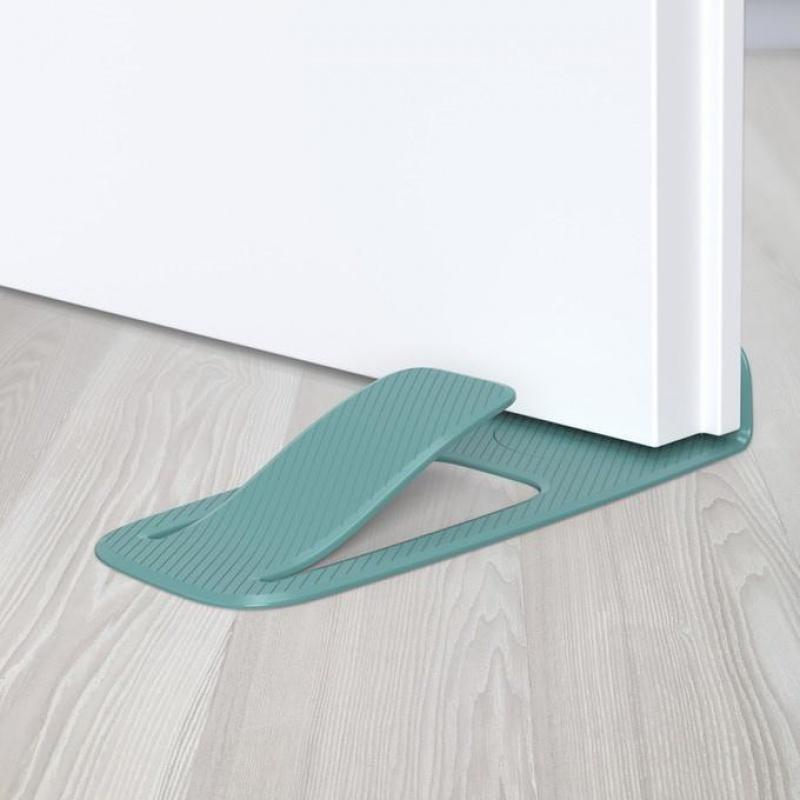A knocking door
The wear process manifested by a characteristic noise applies primarily to door hinges, and more specifically to their axis of rotation. It is easy to see that there is unnecessary play on the pivots of the hinges. Just open the door and move it up and down. Even minimal play on the hinge axes will translate into significant changes in the position of the door. Beforehand, however, make sure that the hinges are properly screwed, because the play on the threaded connection will increase the possible play on the pivots of the hinges. If the hinges with excessive play on the axes of rotation are screwed to both the doors and the body pillars, it is enough to replace the worn hinges with new ones. However, there are solutions in which the hinges are permanently attached to the door. In this case, you can look for a used door, preferably in the same color, or try to regenerate loose hinges. The latter activity, in addition to the appropriate tools, also requires experience in such work, which justifies entrusting it to a specialized workshop.

In addition to the hinges, the lock and striker assembly mounted on the door post is also responsible for knocking the door. The wear of one or both of the cooperating elements will cause enough play between them to allow them to hit each other.
In properly adjusted hinged doors and locks, the door seal is sufficiently resilient that the door is held almost in a fixed position when closed. If the lock striker is incorrectly positioned on the post and the seal does not exert sufficient force on the door, knocking may occur in the place where the striker engages with the lock when driving on uneven surfaces, even if one or both of these elements have not yet been worn.








